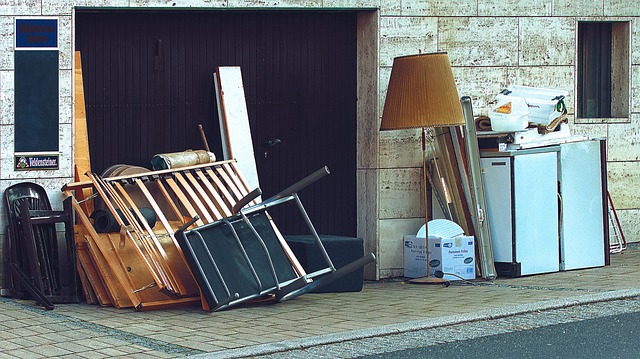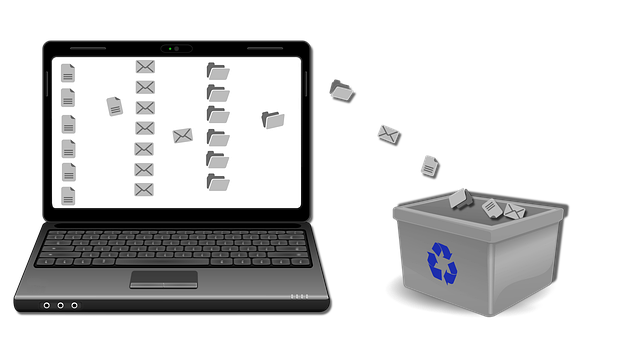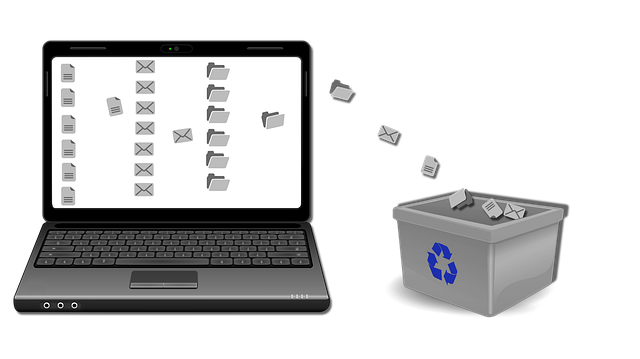Assessing clutter levels across each room identifies problem areas like cluttered kitchen counters or crowded closets. Categorizing items by function, use, or sentiment value aids in informed decisions on keeping, donating, recycling, or discarding them, laying the foundation for effective Home Organization and Decluttering. Pinpointing these zones allows for prioritizing organization, resulting in a calmer, more serene living environment where everything has its place.
Tired of feeling overwhelmed by clutter in your home? Discover how to transform your living space into a serene, organized oasis. This guide offers practical steps for achieving a clutter-free zone. We’ll walk you through assessing your current situation, identifying problem areas, and categorizing items for easier management. Learn effective storage strategies to maximize vertical space and unlock hidden areas. Plus, adopt a sustainable maintenance routine featuring regular decluttering practices to keep your home organized long-term. Embrace a clutter-free lifestyle with these powerful tips!
- Assess Your Current Clutter Levels
- – Identifying problem areas
- – Categorizing items for easier organization
Assess Your Current Clutter Levels

Assessing your home’s current clutter levels is a crucial first step in any organization and decluttering journey. Start by observing each room and identifying areas that are particularly affected. Make note of items that are stacked, piled, or left out of place—these are often signs of cluttered spaces. A quick visual scan can help you pinpoint problem zones, such as the kitchen counters, living room tables, or a crowded closet.
Take time to categorize the items in these cluttered areas. Are they unnecessary, waiting to be disposed of? Or do they serve a purpose and need a better home within your space? This evaluation will guide your organization efforts, helping you decide what to keep, donate, recycle, or discard. By taking stock of your current clutter, you gain valuable insights into your habits, needs, and the potential for streamlining your living environment.
– Identifying problem areas

Identifying problem areas is a crucial step in achieving a clutter-free home through effective home organization and decluttering. Start by assessing each room, focusing on spaces that tend to accumulate the most items—like kitchens, living rooms, and bedrooms. Look for places where things pile up, such as countertops, tables, or floors. These are often your starting points for creating a more organized environment.
Consider the flow of your daily routines; areas near entryways, for instance, may need extra attention due to constant access and potential for items to be dropped or left behind. By pinpointing these problem zones, you can prioritize where to begin streamlining and organizing, ensuring a more efficient and clutter-free lifestyle.
– Categorizing items for easier organization

Creating a clutter-free home starts with categorizing items for easier organization. The first step is to divide your belongings into groups based on their function, use, or sentiment value. For instance, group everyday essentials like kitchenware, bedding, and bathroom supplies together. Separate items that are used infrequently, such as seasonal decorations or holiday ornaments, into a separate category. Similarly, categorize sentimental items like keepsakes or family photos based on their emotional significance. This process helps in identifying items that can be donated, sold, or discarded, making it easier to maintain a clean and organized space.
Once you’ve categorized your items, it becomes more manageable to decide what to keep, donate, or throw away. Home organization and decluttering go hand in hand; as you organize, you’ll naturally start letting go of things that no longer serve a purpose. This not only reduces clutter but also creates a calmer, more serene environment where everything has its place.
Creating a clutter-free home is not just about aesthetics; it’s a path to improved mental clarity and efficiency. By assessing your current situation, categorizing items, and adopting streamlined organization techniques, you can transform your living space into a serene and functional environment. Home organization and decluttering are powerful tools that, when embraced, can enhance your daily life and foster a sense of calm amidst the chaos.
